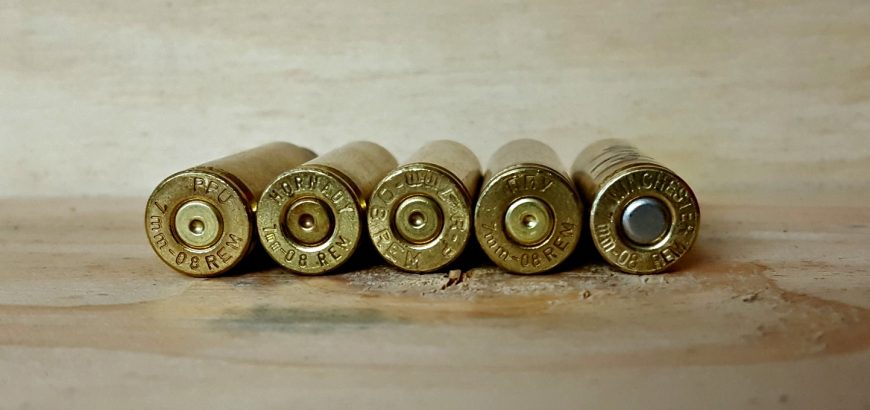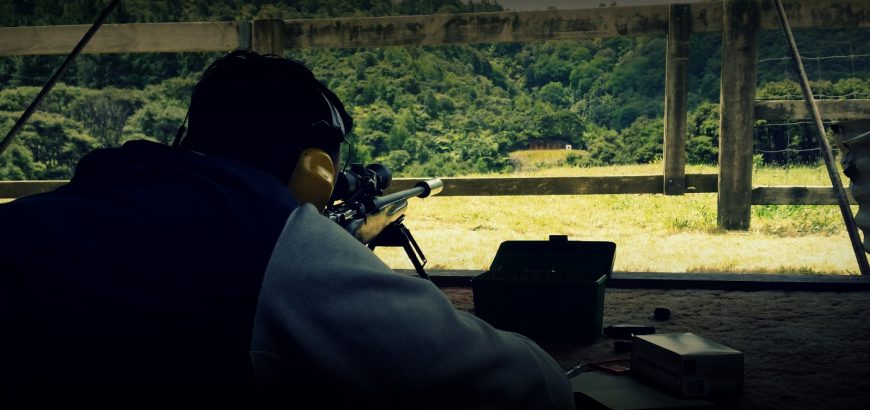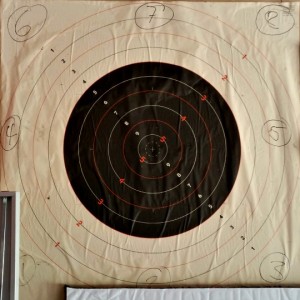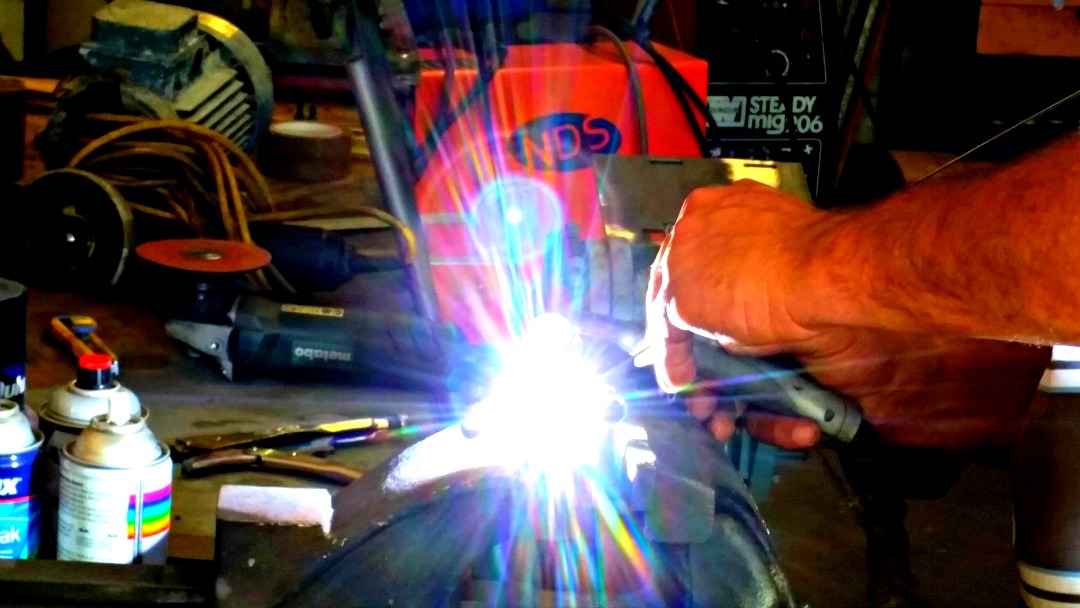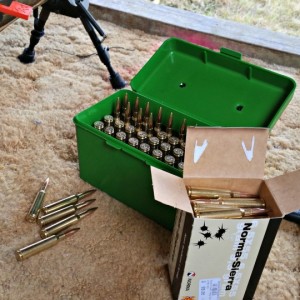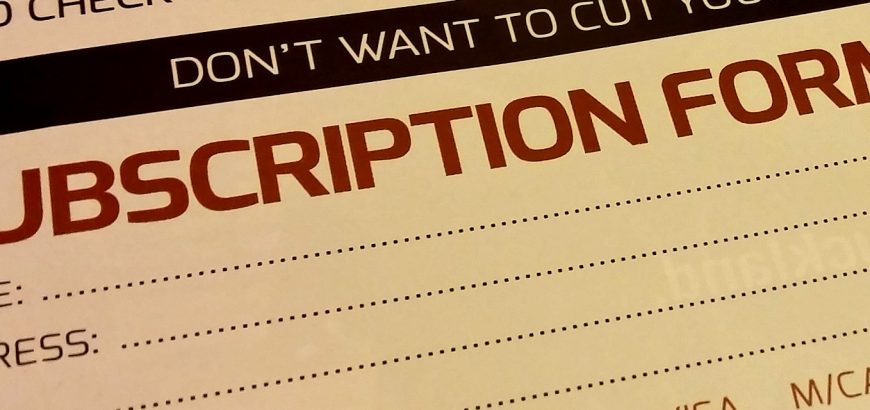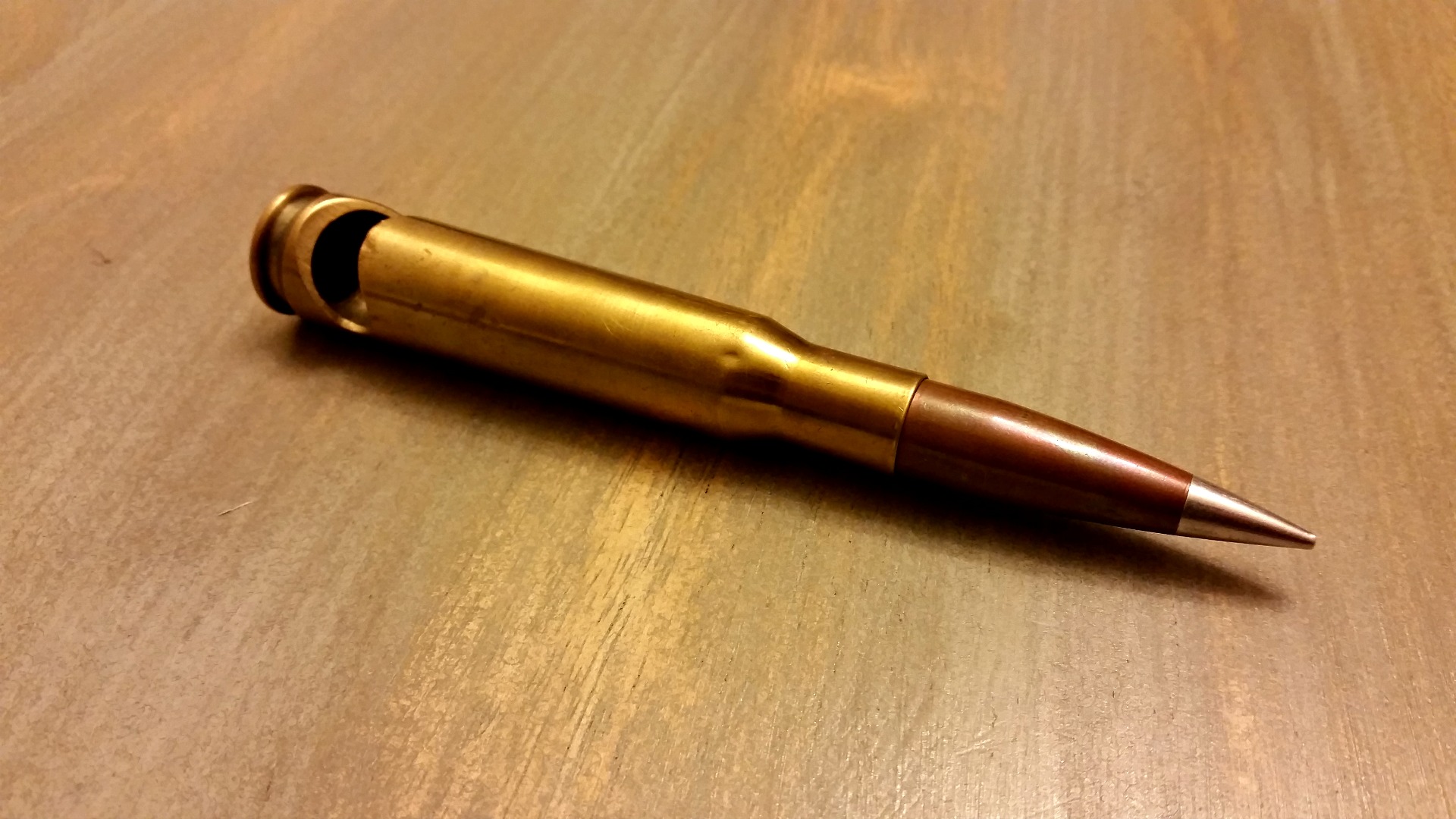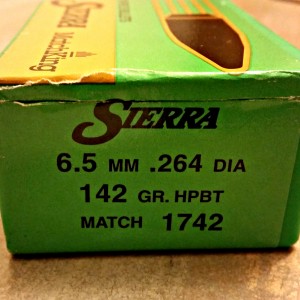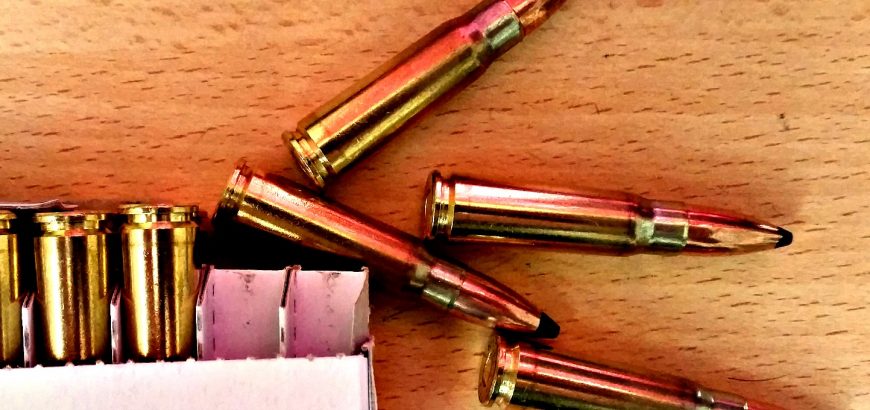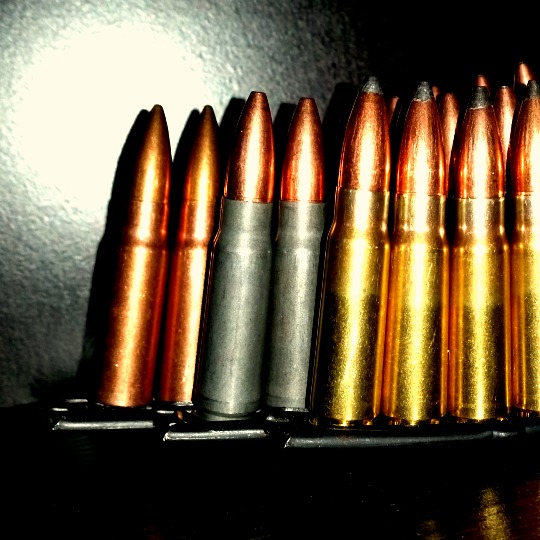Brass uniformity affects a few things – but how much of a difference can you expect from brand to brand? If you have highly consistent brass you’ll notice similar life spans across your reloads, as they stretch at the same rate. You’ll have near identical case capacities, the result of uniform wall thicknesses. There’s a whole lot more to case uniformity, but what I want to focus on is the amazing difference from brand to brand.
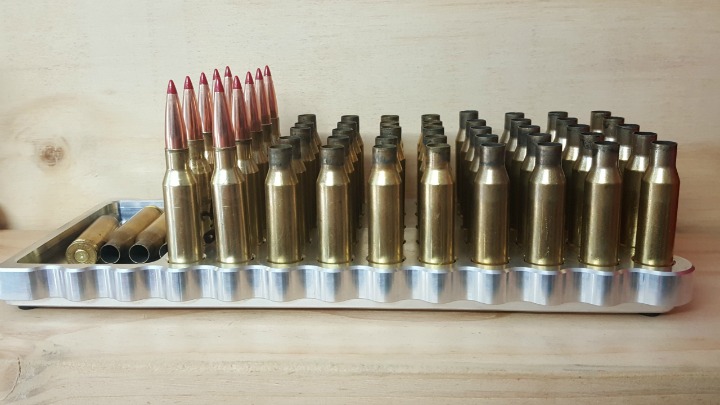
Here’s a quote from an article on .233 brass at 6mmBR:
From a reloading standpoint, the important thing to note is the rather substantial variance in case capacity from one brand of brass to another–as much as 2.6 grains! So, you cannot assume that a particular “pet load” will work if you change brass brands–you’ll have to do new testing.
Two-point-six grains – that may not seem like much, but for the little .223 case, it’s a fair amount. Bear in mind, the brass compared in that article is mostly higher-end stuff.
Our brass uniformity test
I’ve just started loading for 7mm-08, and as I undertook loading for an OCW test, I thought I should start with the most uniform brass possible, so that the results of various powder charges are more meaningful.
I had 5 brands of once-fired brass, that I’d put through my Mossberg 100 ATR. I didn’t have a huge quantity of each, so I just took a random sample of 10 of each. The brands ranged from budget to middle of the road. We looked at Prvi Partizan (PPU), Highland, Remington, Winchester and Hornady.
Unlike the .223 test at 6mmBR, I noticed 17.44 gr difference in average weight from the highest to the lowest. This is probably a result of both looking at a larger case and also looking at wider variety of brass quality.
Results:
The heaviest brass was PPU, coming in at 181.79 gr on average. Highland (produced by PPU) interestingly came in quite different on average at 171.67 gr. The more middle-end manufacturers (we weren’t looking at the likes of Norma or Lapua here), came in more similar: Remington at 168.07 gr, Winchester at 164.35 gr, and; Hornady at 165.69 gr.
Winchester and then Hornady came in the lightest, which would hint at more internal case capacity, but you couldn’t say that for sure without testing H2O capacity, which I didn’t get into. I did the entire test using a digital scale and digital calipers, to identify overall uniformity.
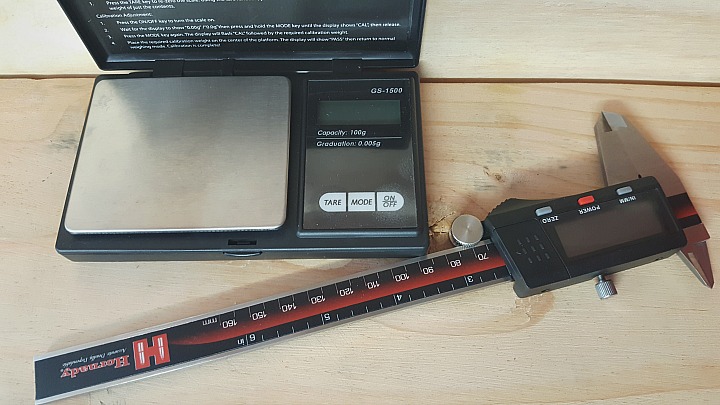
Weight:
Winchester had the lowest standard deviation in weight (0.48 gr), and the least difference between highest and lowest (1.60 gr). The highest was surprisingly Hornady at 1.33 gr standard deviation and a difference of 4.90 gr between highest and lowest. The S.D. for Remington, PPU and Highland were as follows; 0.74 gr, and 1.07 gr and, 1.05 gr. Respectively, the differences between highest and lowest were; 2.40 gr, 3.40 gr and 3.30 gr.
Length:
After one firing, most brands didn’t have much of an increase in overall length. All eamsurements below in millimetres.
| Brand | Standard Deviation | Difference High-to-low |
| Remington | 0.02 | 0.07 |
| Highland | 0.03 | 0.08 |
| Winchester | 0.03 | 0.12 |
| Hornady | 0.03 | 0.10 |
| PPU | 0.05 | 0.16 |
Neck diameters and wall thickness:
All brands except Hornady and PPU had extremely uniform outside diameters for their necks (0.00 mm S.D. and high-to-low differences of 0.01 and 0.02 mm). Hornady and PPU both had 0.01 mm S.D.s and high-to-low differences of 0.02 mm.
The inside diameter showed a bit more variation, as a product of both brass thickness and softness.
| Brand | Standard Deviation | Difference High-to-low |
| Winchester | 0.01 | 0.02 |
| Hornady | 0.01 | 0.02 |
| PPU | 0.01 | 0.05 |
| Remington | 0.02 | 0.06 |
| Highland | 0.03 | 0.08 |
Which brass did I choose?
All of these brands had similar factory loads, with 139 gr or 140 gr projectiles. The differences in the once-fired brass was quite illuminating. Also interesting, but not deal breaking, was that Remington and Winchester both had a single silver primer out of a box of 20 cartridges, when the other 19 were brass-coloured. After this series of tests I decided to stick with Winchester brass for my 7mm-08, as it was the most uniform in every category except length, where it came middle of the pack.
It’s important to note that these were small samples, and that brass in other calibres may vary quite differently from what we saw with the 7mm-08. There are also a whole bunch of brands we didn’t consider.
However, if you’re looking at lower priced ammo to generate good quality brass for reloading in 7mm-08, my money would be on Winchester – I even bought another pack of Super X today.
